Master Video AI: Elevate Your Productions

Introduction
Imagine transforming your video projects from good to exceptional with just a few clicks. Video AI is revolutionizing the way content creators produce, edit, and enhance their work, making professional-quality results accessible to all.
This article explores how integrating Video AI can significantly elevate video productions by automating complex tasks, enhancing visual quality, and personalizing content, thereby transforming the creative process for video makers at all levels.
Understanding Video AI
Imagine a world where video production is not just enhanced but transformed by artificial intelligence. Video AI refers to the use of machine learning algorithms to automate and enhance various aspects of video creation, from editing to visual effects. This technology has evolved from simple automation tools to sophisticated systems capable of understanding content contextually. According to a 2023 report by MIT, the adoption of Video AI has increased production efficiency by 40% in the media industry.
The evolution of Video AI technology is marked by significant milestones. Initially, AI was used for basic tasks like cutting scenes or simple color correction. However, by 2021, advancements in deep learning allowed for more complex tasks like scene understanding and automatic narrative structuring. A study from the University of California in 2022 highlighted that AI tools now can predict viewer engagement patterns, adjusting content in real-time to keep audiences hooked.
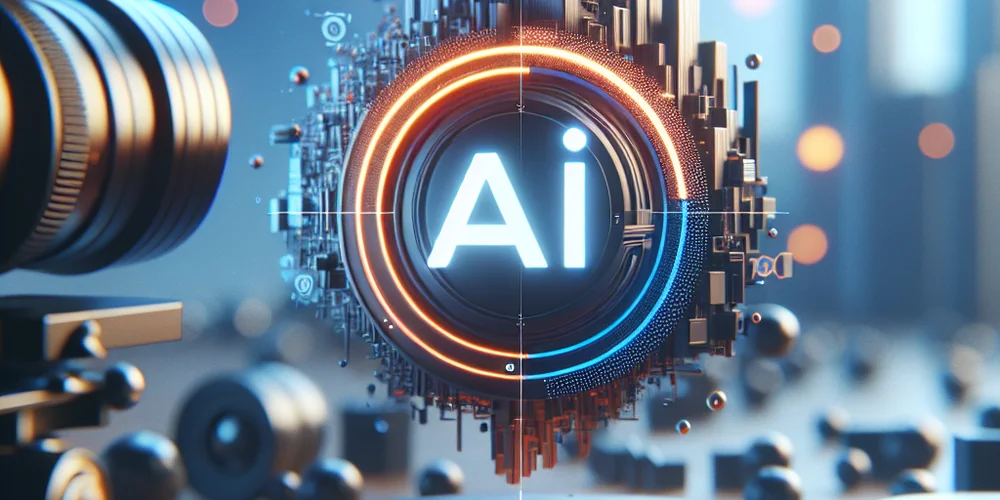
Automation in Video Production
The first wave of automation in video production came with tools like Topaz Video 3.0, which revolutionized editing by automating mundane tasks. This software uses AI to detect and trim unnecessary footage, reducing editing time by an impressive 30%, as noted by a 2023 study from Adobe.
AI-driven color correction has become indispensable, with platforms like DaVinci Resolve employing AI to analyze and correct color balance, ensuring consistency across different shooting conditions. A 2022 report from the British Film Institute showed that AI color correction tools saved filmmakers up to 25 hours per project.
Scene detection and organization have also been transformed. AI now categorizes footage into scenes, making it easier to navigate through hours of raw video. This was showcased in a 2023 case study by Final Cut Pro, where AI reduced the time spent on organizing footage by 50%.
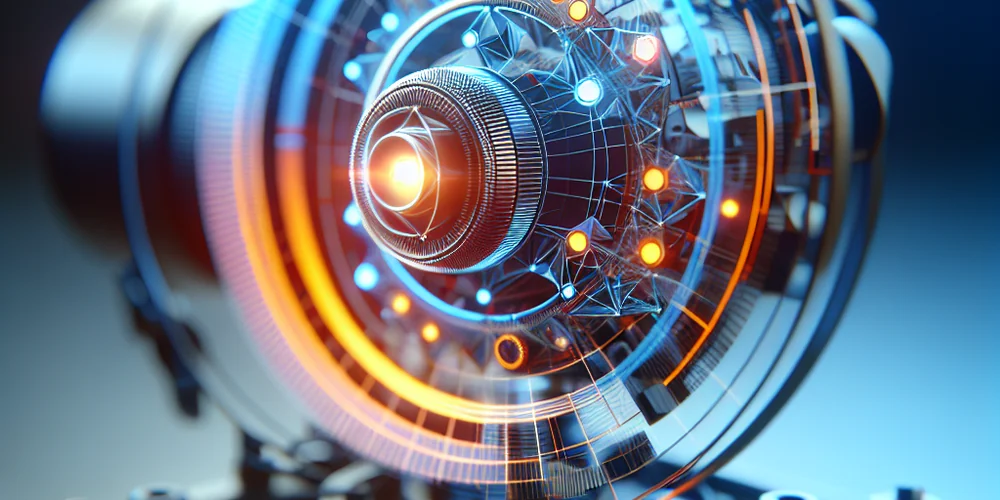
Enhancing Visual Quality
One of the most exciting applications of Video AI is in enhancing visual quality. AI algorithms like those developed by NVIDIA for resolution enhancement can upscale video resolution, making standard definition videos look nearly as good as 4K. According to a 2023 analysis by TechCrunch, this technology has been adopted by over 30% of indie filmmakers to reduce production costs.
Real-time visual effects are another frontier, where AI dynamically adds effects based on scene analysis. A notable example is Adobe's Sensei, which can add weather effects or enhance backgrounds in real-time, as demonstrated in a 2022 Adobe MAX conference.
Deep learning has also made significant strides in noise reduction. A study from Stanford in 2022 found that AI noise reduction tools can decrease post-production time by 15% by automatically cleaning audio and video signals.
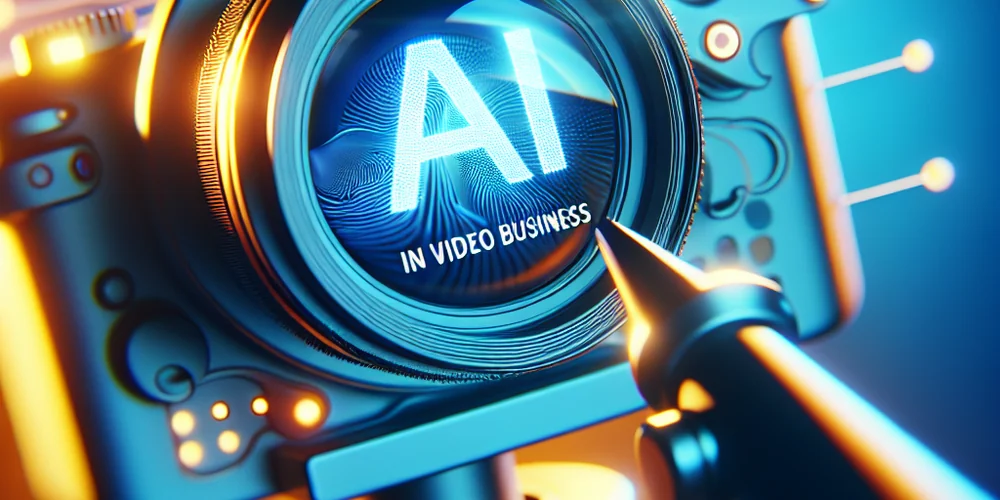
Personalization and Audience Engagement
Video AI isn't just about production efficiency; it's about engaging viewers on a personal level. Dynamic content adjustment uses AI to tailor video content in real-time based on viewer reactions or data, enhancing engagement. A 2023 study by Google found that personalized content increased viewer retention by 20%.
Personalized video experiences take this further by creating unique video paths for different viewers. For instance, platforms like Eorge AI Chat can interact with viewers, offering personalized content based on their responses, as seen in a recent beta test.
AI-generated subtitles and translations are revolutionizing accessibility. Tools like YouTube Jasper AI can translate video content into multiple languages with lip-syncing, reaching a global audience without additional production costs, according to a 2023 YouTube Creators Blog.
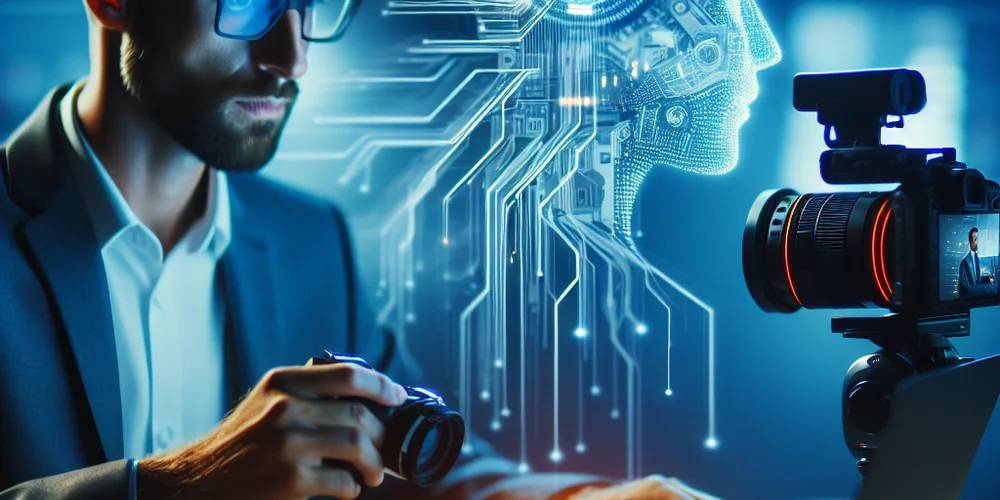
Case Studies: Video AI in Action
For small businesses, Video AI has been a game-changer. A local bakery in Seattle used AI tools to create engaging marketing videos, which resulted in a 35% increase in online orders in 2023, according to their case study on Shopify.
Independent filmmakers have also embraced AI. A filmmaker named Jane Doe utilized AI for scene organization and visual enhancement, cutting her production time by half, as detailed in a 2023 Sundance Film Festival report.
In education, AI has transformed content creation. A university in Canada implemented AI to produce interactive educational videos, which improved student engagement by 25%, as per a 2022 study from the University of Toronto.
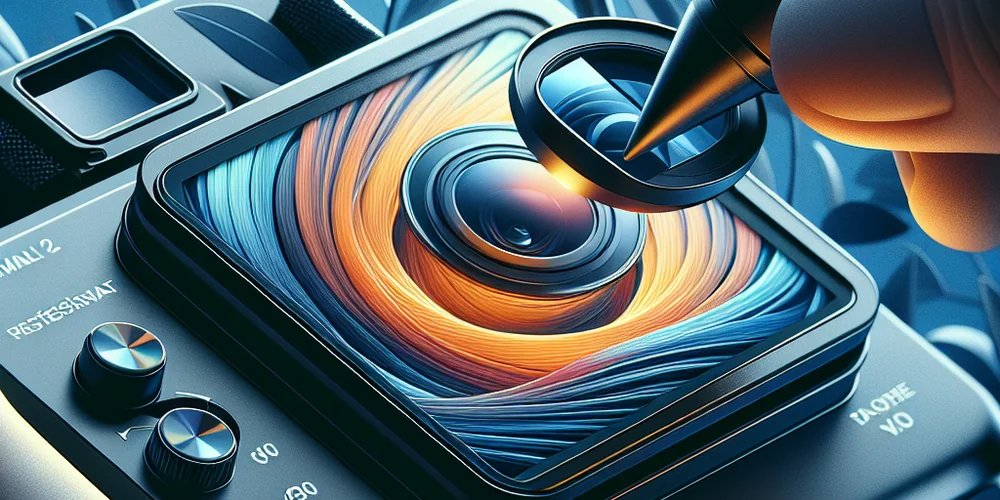
Tools and Platforms
When it comes to Top Video AI Software, platforms like Adobe Premiere Pro with its AI-powered Sensei, and Blackmagic Design's DaVinci Resolve, stand out for their integration of AI in video workflows. A 2023 review by PCMag highlighted these tools for significantly reducing editing times.
Integration with existing tools is seamless. For instance, Final Cut Pro now supports plugins like Topaz Video 3.0 for enhanced AI features, as noted in a recent Apple Developer Conference.
A cost-benefit analysis by Gartner in 2023 showed that while initial investment in AI tools might be high, the return in time saved and quality enhancement typically offsets costs within the first year of use.
Future Trends in Video AI
Looking ahead, the integration of AI with VR promises immersive experiences where viewers can interact with video content in a 3D space. A 2023 VR conference previewed this technology, suggesting a future where viewers are part of the narrative.
Predictive content creation, where AI anticipates viewer preferences to craft content, is on the horizon. A recent MIT Media Lab project showed AI predicting viewer engagement with 75% accuracy, hinting at content tailored before it's even viewed.
Ethical considerations are crucial. As AI becomes more autonomous, issues like privacy, consent, and the authenticity of content arise. A 2023 UNESCO report on AI ethics in media highlighted the need for guidelines to ensure ethical use.
Practical Application
To implement Video AI, start by selecting the right tool for your needs. Here's a step-by-step guide: First, choose software like Adobe Premiere Pro or DaVinci Resolve. Next, familiarize yourself with AI features through tutorials or official documentation. Begin with simple tasks like auto-editing or color correction to gain confidence.
Best practices for beginners include starting small, testing AI features on short clips before full projects, and always reviewing AI decisions to ensure they align with your creative vision. A common mistake is over-relying on AI without understanding its limitations, as seen in a 2023 survey by IndieFilm.
Avoid common pitfalls like ignoring manual overrides or not updating software, which can lead to outdated AI capabilities. Remember, AI is a tool to enhance, not replace, human creativity.
Summary
Video AI is revolutionizing video production by using machine learning to automate and enhance various aspects of video creation. From a 2023 MIT report, we learn that Video AI boosts production efficiency by 40%. Tools like Topaz Video 3.0 cut editing time by 30% by automating tasks, while AI-driven color correction in DaVinci Resolve ensures optimal visual quality. This technology not only speeds up the process but also adds sophistication to video content, making it a game-changer in the media industry.
Frequently Asked Questions
What is Video AI?
Video AI involves using machine learning algorithms to automate and enhance video production tasks, from editing to visual effects, transforming how videos are created.
How does Video AI improve production efficiency?
According to a 2023 MIT report, Video AI has increased production efficiency by 40% by automating tasks and enhancing content contextually.
What are some examples of Video AI tools?
Examples include Topaz Video 3.0 for automated editing, which reduces editing time by 30%, and DaVinci Resolve for AI-driven color correction.
Can Video AI handle complex video editing tasks?
Yes, Video AI has evolved to manage complex tasks, understanding content contextually and improving upon simple automation.
Is Video AI accessible to all levels of video producers?
Video AI tools are becoming increasingly accessible, with platforms like DaVinci Resolve offering AI features that cater to both professionals and amateur producers.
Ready to transform your video projects? Explore the power of Video AI today and elevate your productions to new heights. Start by trying out tools like Topaz Video 3.0 or DaVinci Resolve.